“Run, Forrest, Run!”: obstacles and difficulties faced by the creators of the film “Forrest Gump” (20 photos + 2 videos)
Before becoming a classic, almost every project faces many difficulties at all stages of development and creation. It was the same with this film. 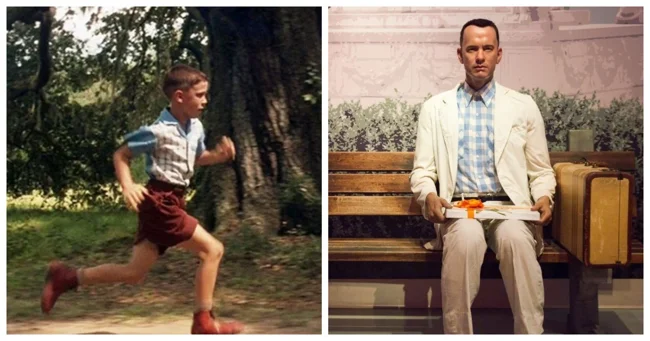
The film Forrest Gump, based on the 1986 novel by writer Winston Groom, was released in 1994. Long before this, a bidding war began between the studios. The victory was won by producers Wendy Feinerman and Steve Tisch, who received the right to film adaptation. Warner Bros. launched the project, and Groom wrote the script. 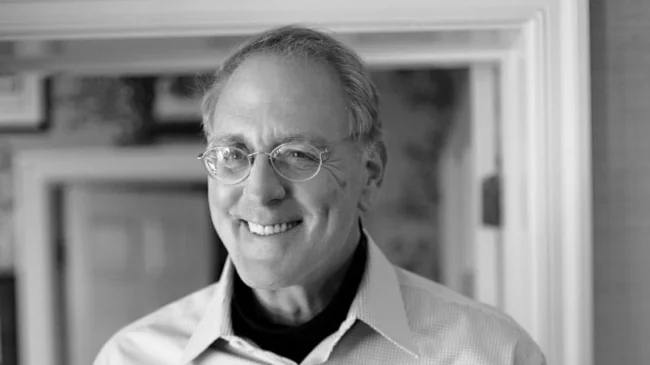
Writer Winston Groom
Rain Man became a hit in 1988. And Warners realized that it was now better not to meddle in the category of “good films about mentally retarded people,” and the company refused to participate in the project. Finerman hired screenwriter Eric Roth to rework the script and took it to Paramount. They bought the rights from WB in exchange for the rights to Destroy Ordered. 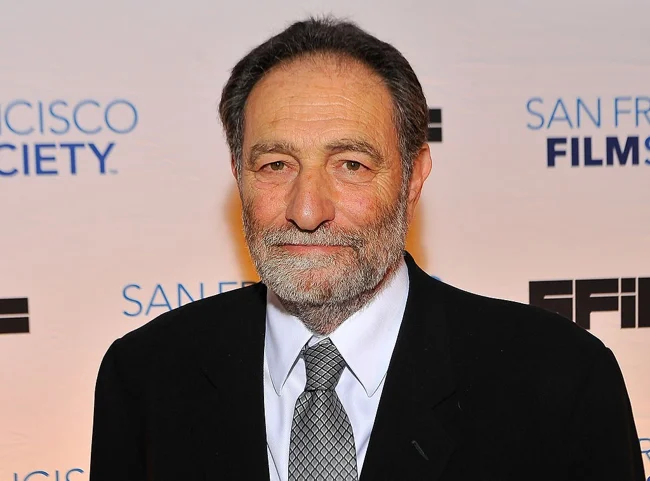
Screenwriter Eric Roth
Directors Ivan Reitman (Ghostbusters), Penny Marshall (Big) and Terry Gilliam (Brazil) declined to participate in the project. Barry Sonnenfeld initially agreed, but then changed his mind and began filming The Addams Family. 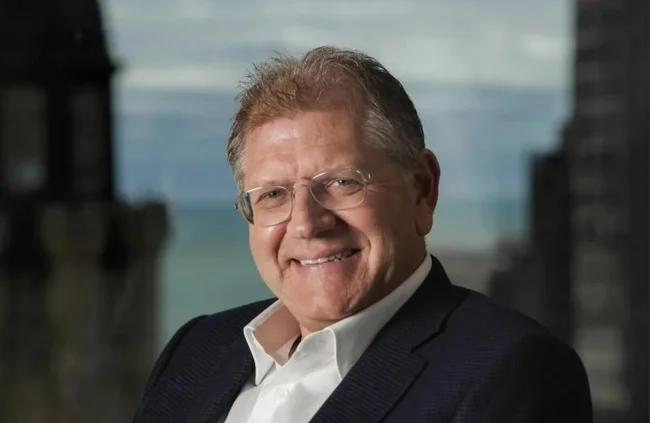
Robert Zemeckis
Eric Roth's first drafts of the script contained elements of animation (Jenny had angel wings, and Lieutenant Dan had a thundercloud constantly hanging over his head). In this regard, Paramount turned to Roger Rabbit director Robert Zemeckis. He agreed, but set a condition - to remove all animation from the film. 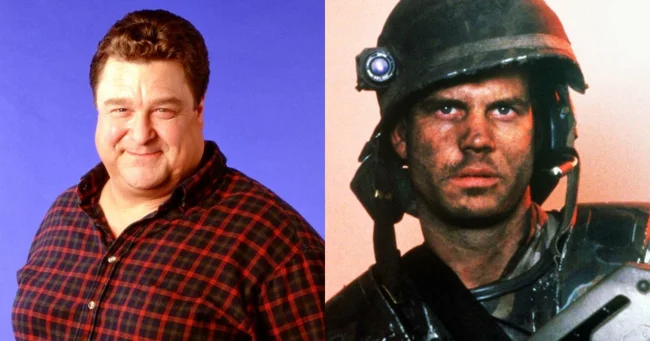
John Goodman and Bill Paxton
In the novel, Forrest was 180 cm tall and weighed 110 kg, and Groom imagined John Goodman in this role (he has now lost weight, but before he was simply huge). Zemeckis' first choice was Bill Paxton. However, the studio felt that Paxton lacked fame and charm. Bill Murray, Chevy Chase and John Travolta turned it down (the latter later said he deeply regretted the turn-down). Sean Penn also auditioned for the role (he would later play a similar character in the not very successful film “I Am Sam”). 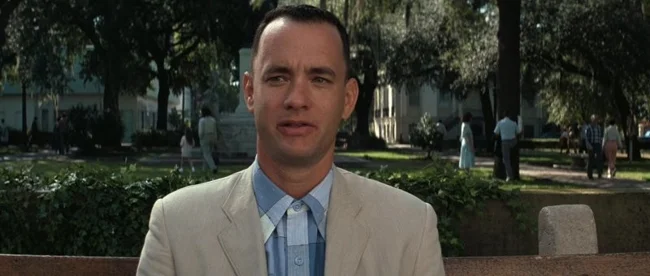
Tom Hanks
Zemeckis sent the script to Tom Hanks. He liked it, and the actor immediately agreed to the role. But provided that the film is shot in compliance with historical accuracy. At the same time, Hanks waived his fee for the film in exchange for interest. The decision turned out to be correct and brought him $40 million!
Hanks copied Forrest's famous accent from Michael Conner Humphries, who played young Forrest and actually spoke like that. 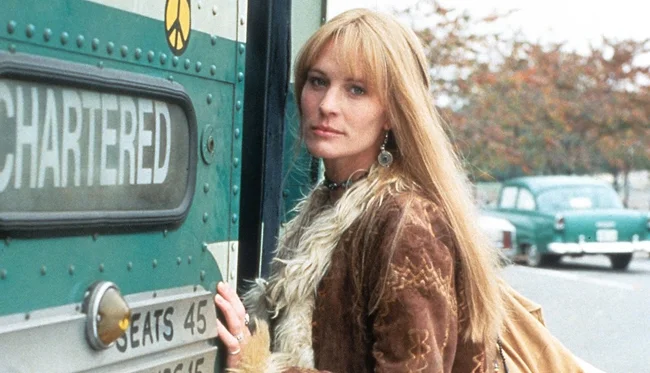
Robin Wright
Robin Wright was cast as Forrest's best friend Jenny after Jodie Foster, Nicole Kidman and Demi Moore all turned down the offer. 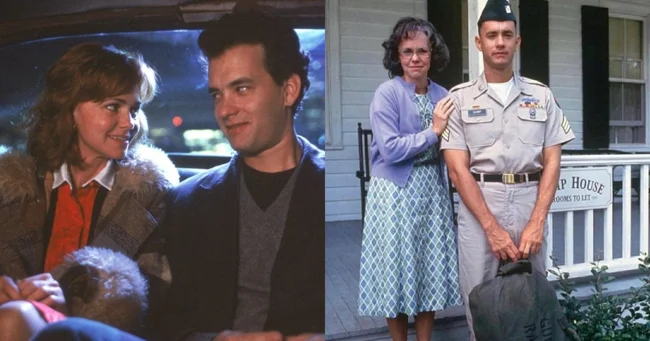
Sally Field and Tom Hanks in "Highlight" (1988) and "Forrest Gump" (1994)
Zemeckis chose two-time Oscar winner Sally Field to play Forrest's mother. Field had to do a lot of makeup, since she is only 10 years older than Hanks. In the 1988 comedy “Highlight,” the actress even portrayed the object of Hanks’s hero’s passion. 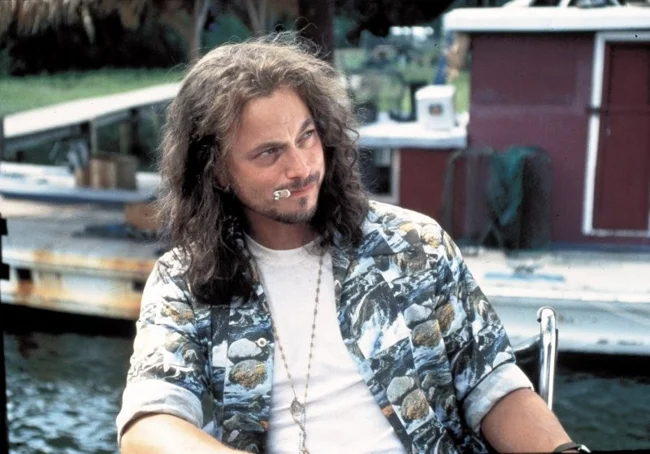
Gary Sinise
Joe Pesci was considered for the role of Lieutenant Dan Taylor, but Gary Sinise was ultimately chosen. During filming, Sinise wore a real medal that belonged to brother-in-law Jack Treese, who served in Vietnam. 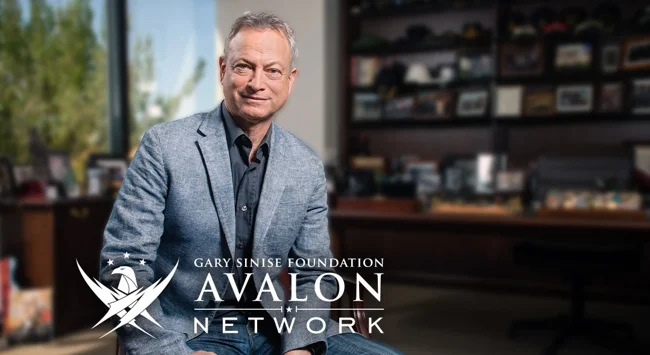
After the film's release, Gary Sinise founded a fund to help wounded war veterans, which raises up to $30 million a year. The foundation has 12 private jets on which veterans and sick children fly on vacation around the world. 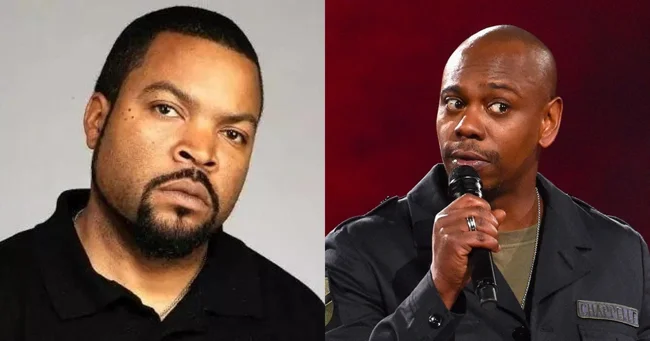
Ice Cube and Dave Chappelle
David Alan Grier, Ice Cube and Dave Chappelle all turned down the role of Bubba. Cube said he "didn't want to play an idiot" and Chappelle later admitted he regretted his decision. Zemeckis chose Mykelti Williamson for the role. 
Mykelti Williamson
Bubba's protruding lower lip is a prosthetic. After filming, it was difficult for the actor to find work, because the producers believed that he really had such a lip.
The same advertisement
Haley Joel Osment played Forrest's son. He got into the film at the invitation of casting director Ellen Lewis, who saw him in a pizza commercial. Within 5 years, he became the most famous child actor in Hollywood. He has such hits as “The Sixth Sense” and “Artificial Intelligence”. 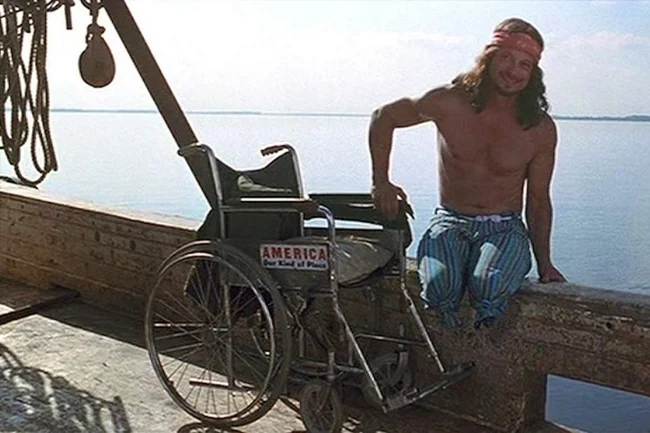
The film uses computer graphics very well. The lower part of Sinise's legs was digitally removed. And in the table tennis scenes, the ball was always added using CGI.
But most of the scenes were shot the old fashioned way. Magician Ricky Jay designed a special wheelchair for Sinise, in which his legs were hidden on a hidden platform underneath. The actor could only sit in such a chair for no more than 10 minutes - his legs quickly swelled. 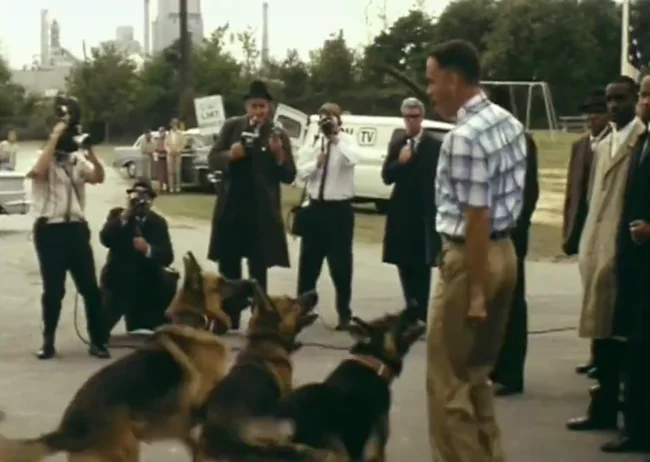
Deleted dog attack scene
In one of the episodes, which Zemeckis removed during editing, Forrest encounters Dr. Martin Luther King Jr. and his supporters. As planned, Forrest distracts a pack of dogs attacking King and his supporters by playing catch with them.
The scene in which young Jenny kills her father by releasing the handbrake of a tractor to run over a man was also removed. Zemeckis feared that no matter how evil her father was, audiences would not forgive Jenny. 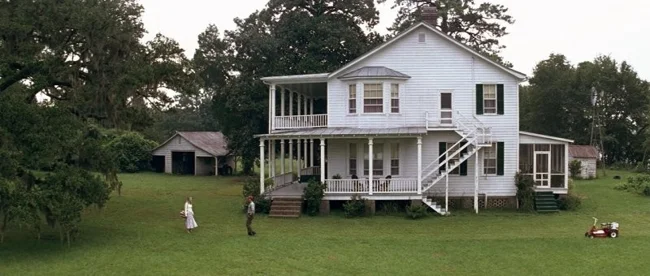
Forrest House
Due to budget constraints, filming took place in Beaufort, South Carolina. Forrest's house in Alabama was built there, as well as Jennie's house. All war scenes were filmed a few tens of meters from Jenny's house, where 20 palm trees were planted to create a Vietnamese landscape. 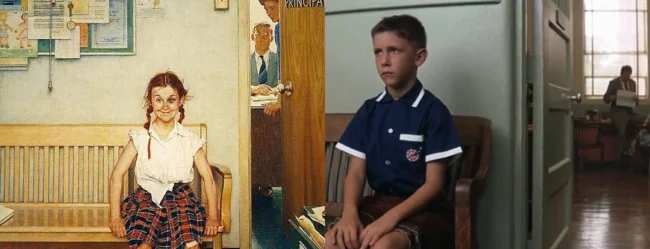
When creating the hometown of Forrest and Jenny, Zemeckis was inspired by the paintings of Norman Rockwell. The scene where Forrest sits in the school hallway while his mother talks to the principal is an exact copy of Rockwell's Girl with a Black Eye. 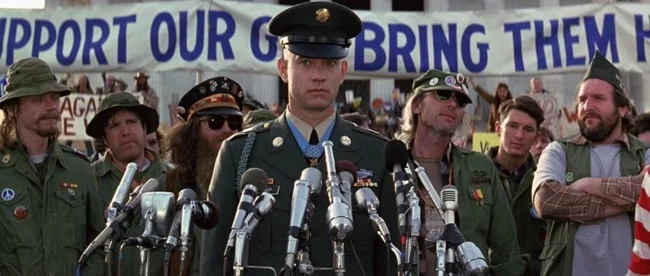
Eric Roth wrote several versions of Forrest's speech, but Zemeckis rejected them and said: “It needs to be funnier and more impressive.” Roth turned to Billy Crystal and Robin Williams for help, but Zemeckis still wasn’t convinced and came up with a witty move - Forrest’s microphone turns off at the most inopportune moment. 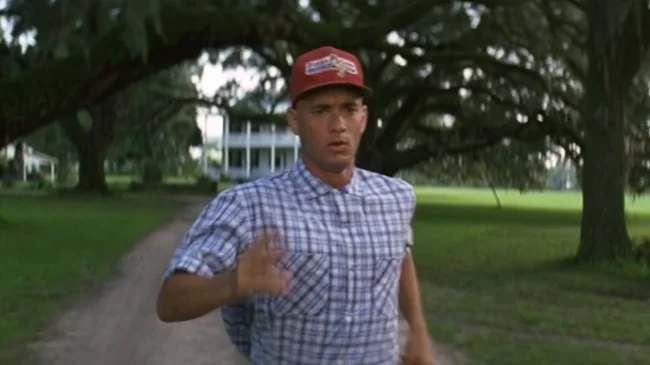
The running scene was inspired by real events. In 1982, 16-year-old Luis Michael Figueroa ran from New Jersey to San Francisco in support of the American Cancer Society. He then said: “I was just putting one foot in front of the other.” Forrest explained his run in much the same way: “I just wanted to run.” 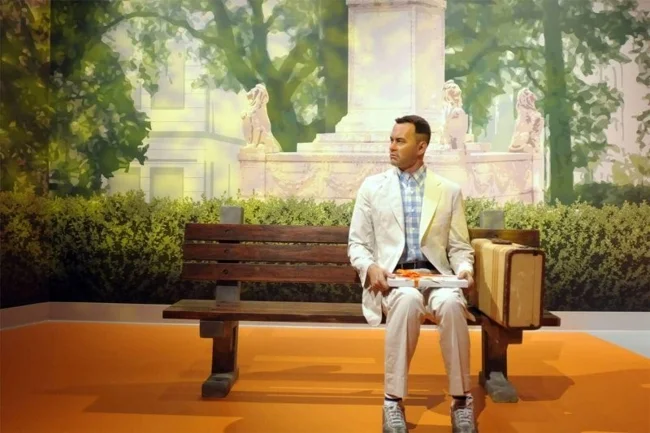
The park bench that Forrest sits on for most of the film is located in Savannah, Georgia's Chippewa Square. The bench was subsequently placed in the Savannah History Museum. 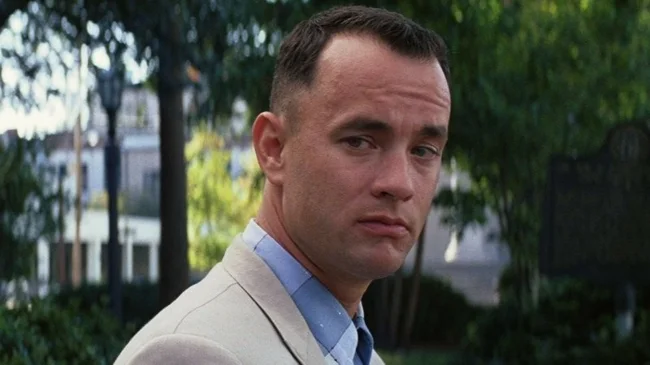
The film won six Academy Awards, including Best Picture, Best Director, Best Screenplay and Best Actor for Hanks, who became the first person to win two Oscars in a row since Spencer Tracy (before Gump, Hanks won statuette for Philadelphia). On a budget of $55 million, the film grossed $678.2 million, more than 12 times its cost. The film became a real hit and a pearl of world cinema. 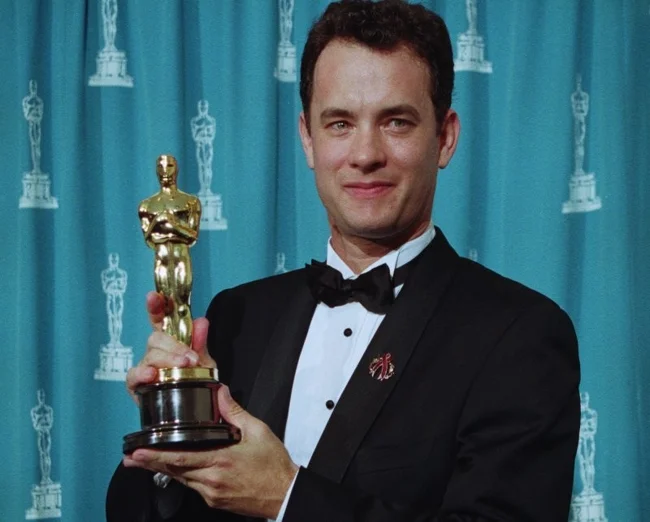
Groom wrote a sequel to the novel in 1995. The book "Gump and Company" talks about how the film influenced the supposedly real Forrest Gump. The studio wanted to release a sequel to the film, but Tom Hanks recently said in an interview that the director, producers and Hanks himself once met to discuss the sequel, everyone unanimously agreed that no sequel should be made, and did not return to this topic.
